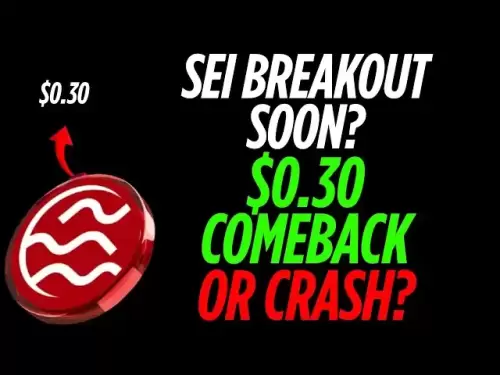-
 Bitcoin
Bitcoin $109,583.2239
0.19% -
 Ethereum
Ethereum $2,583.4612
0.48% -
 Tether USDt
Tether USDt $1.0003
-0.04% -
 XRP
XRP $2.2681
0.70% -
 BNB
BNB $659.9218
-0.52% -
 Solana
Solana $151.4961
-0.37% -
 USDC
USDC $0.9999
-0.02% -
 TRON
TRON $0.2861
1.20% -
 Dogecoin
Dogecoin $0.1718
0.04% -
 Cardano
Cardano $0.5960
-0.07% -
 Hyperliquid
Hyperliquid $40.1233
2.85% -
 Sui
Sui $2.9974
2.48% -
 Bitcoin Cash
Bitcoin Cash $497.1279
-1.76% -
 Chainlink
Chainlink $13.7275
-0.22% -
 UNUS SED LEO
UNUS SED LEO $9.0241
0.70% -
 Avalanche
Avalanche $18.5536
-0.88% -
 Stellar
Stellar $0.2421
1.39% -
 Toncoin
Toncoin $2.8593
-0.51% -
 Shiba Inu
Shiba Inu $0.0...01187
-0.07% -
 Litecoin
Litecoin $90.0023
2.90% -
 Hedera
Hedera $0.1590
2.79% -
 Monero
Monero $322.1495
0.00% -
 Polkadot
Polkadot $3.5453
-1.00% -
 Dai
Dai $1.0000
-0.01% -
 Bitget Token
Bitget Token $4.5733
-1.06% -
 Ethena USDe
Ethena USDe $1.0002
-0.01% -
 Uniswap
Uniswap $7.6345
3.03% -
 Aave
Aave $279.2583
0.47% -
 Pepe
Pepe $0.0...01003
-1.52% -
 Pi
Pi $0.4941
-0.32%
What is Coin Mixing and its principle?
Coin mixing enhances privacy by pooling and redistributing cryptocurrencies, making it hard to trace funds on public blockchains like Bitcoin.
Apr 07, 2025 at 11:00 pm

Coin mixing, also known as coin tumbling or coin laundering, is a process used to enhance the privacy and anonymity of cryptocurrency transactions. The primary goal of coin mixing is to break the traceability of funds, making it difficult for external observers to link the source of the funds to their final destination. This article will delve into the concept of coin mixing, its principles, and how it operates within the cryptocurrency ecosystem.
What is Coin Mixing?
Coin mixing is a service that pools together cryptocurrencies from multiple users and then redistributes them in a way that obscures the trail of the original coins. This process is particularly popular among users of Bitcoin and other cryptocurrencies that operate on public blockchains, where transaction details are visible to anyone. By using a coin mixing service, users aim to protect their financial privacy and prevent others from tracking their spending habits or the source of their funds.
The Principle Behind Coin Mixing
The fundamental principle of coin mixing revolves around the concept of anonymity through mixing. When users send their coins to a mixing service, these coins are combined with those from other users. The service then redistributes the mixed coins back to the users, but in a manner that does not directly correlate the output addresses with the input addresses. This mixing process creates a layer of complexity that makes it challenging to trace the flow of funds from sender to receiver.
How Coin Mixing Works
To understand how coin mixing works, let's break down the process into its core components:
- User Deposits: Users send their cryptocurrencies to a designated address provided by the mixing service. This address is often shared among multiple users to enhance the mixing effect.
- Mixing Pool: The mixing service collects these deposits into a pool. The larger the pool, the more effective the mixing process becomes, as it increases the number of possible paths for the funds.
- Redistribution: After a certain period, the mixing service redistributes the funds to new addresses specified by the users. These new addresses are typically generated by the users themselves to ensure that they retain control over their funds.
- Anonymity Layer: The redistribution process is designed to break the link between the input and output addresses. This is achieved by sending the funds through multiple intermediate addresses or by using techniques like time delays and random transaction sizes.
Types of Coin Mixing Services
There are several types of coin mixing services available, each with its own approach to enhancing privacy:
- Centralized Mixers: These are operated by a single entity that manages the mixing process. Users trust the centralized service to handle their funds securely and anonymously.
- Decentralized Mixers: These operate on a peer-to-peer basis, where users' funds are mixed without the need for a central authority. Decentralized mixers often use smart contracts to automate the mixing process.
- CoinJoin: This is a specific type of mixing where multiple users collaboratively create a single transaction with multiple inputs and outputs. This method is often used in Bitcoin to enhance privacy without relying on a third-party service.
Benefits of Coin Mixing
Coin mixing offers several benefits to users within the cryptocurrency ecosystem:
- Enhanced Privacy: By breaking the traceability of funds, coin mixing helps users maintain their financial privacy. This is particularly important for individuals who wish to keep their financial activities confidential.
- Protection Against Surveillance: Coin mixing can protect users from surveillance by governments, financial institutions, or other entities that might be monitoring the blockchain.
- Prevention of Transaction Analysis: By obscuring the trail of funds, coin mixing makes it difficult for attackers to perform transaction analysis and identify patterns in a user's spending behavior.
Risks and Considerations
While coin mixing can enhance privacy, it also comes with certain risks and considerations:
- Trust in Service Providers: Users must trust the mixing service to handle their funds securely and not to keep records that could compromise their anonymity.
- Regulatory Scrutiny: Some jurisdictions view coin mixing services with suspicion, as they can be used for illicit activities. Users should be aware of the legal implications of using such services in their region.
- Potential for Delays: The mixing process can introduce delays in transaction times, as the service may hold funds for a period to enhance the mixing effect.
Frequently Asked Questions
Q: Can coin mixing be used to launder money?
A: While coin mixing can be used to obscure the trail of funds, it is not inherently designed for money laundering. However, it can be misused for such purposes, which is why some jurisdictions have strict regulations around the use of mixing services.
Q: How do I choose a reliable coin mixing service?
A: When choosing a coin mixing service, consider factors such as the service's reputation, the level of anonymity it provides, the fees it charges, and whether it has been audited for security. It's also important to read user reviews and understand the service's privacy policy.
Q: Is coin mixing legal?
A: The legality of coin mixing varies by jurisdiction. In some countries, it is legal to use mixing services for enhancing privacy, while in others, it may be subject to strict regulations or even prohibited. Users should research the laws in their region before using such services.
Q: Can coin mixing be detected on the blockchain?
A: While coin mixing aims to obscure the trail of funds, sophisticated blockchain analysis techniques can sometimes detect patterns associated with mixing services. However, the effectiveness of these detection methods varies, and many mixing services employ advanced techniques to minimize the risk of detection.
Disclaimer:info@kdj.com
The information provided is not trading advice. kdj.com does not assume any responsibility for any investments made based on the information provided in this article. Cryptocurrencies are highly volatile and it is highly recommended that you invest with caution after thorough research!
If you believe that the content used on this website infringes your copyright, please contact us immediately (info@kdj.com) and we will delete it promptly.
- BONK Price Prediction: Meme Coin Mania and What's Next?
- 2025-07-04 12:30:13
- NYAG, Stablecoins, and FDIC Protections: Navigating the Regulatory Maze
- 2025-07-04 13:10:15
- Level Up Your DeFi Game: Phantom Wallet and the Ultimate DeFi Experience
- 2025-07-04 13:10:15
- Bitcoin Surge: Breaking Down the $109,000 Barrier and the Road to $165,000?
- 2025-07-04 12:30:13
- Solana ETF Inflows & Snorter Token: A New Era for Meme Coin Trading?
- 2025-07-04 12:50:12
- Ripple, Stablecoin, and First Bank: Decoding the Latest Moves in Crypto
- 2025-07-04 12:50:12
Related knowledge
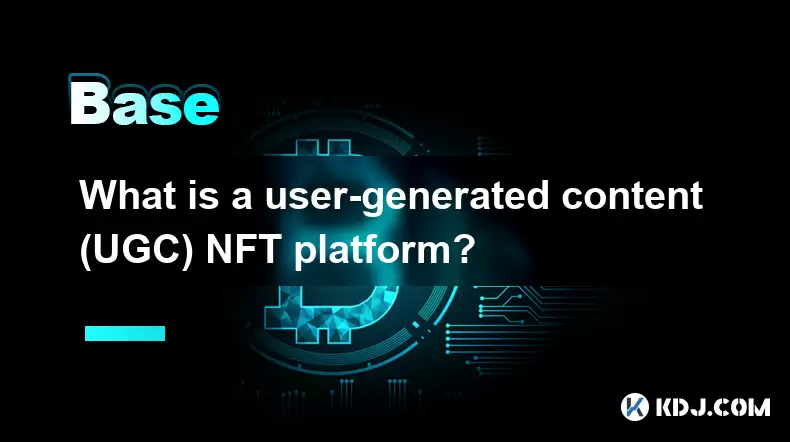
What is a user-generated content (UGC) NFT platform?
Jul 04,2025 at 01:49pm
Understanding the Concept of a UGC NFT PlatformA user-generated content (UGC) NFT platform is a digital marketplace or ecosystem where users can create, mint, and trade non-fungible tokens (NFTs) that represent ownership of original digital content they produce. Unlike traditional NFT platforms where creators often include professional artists or develo...
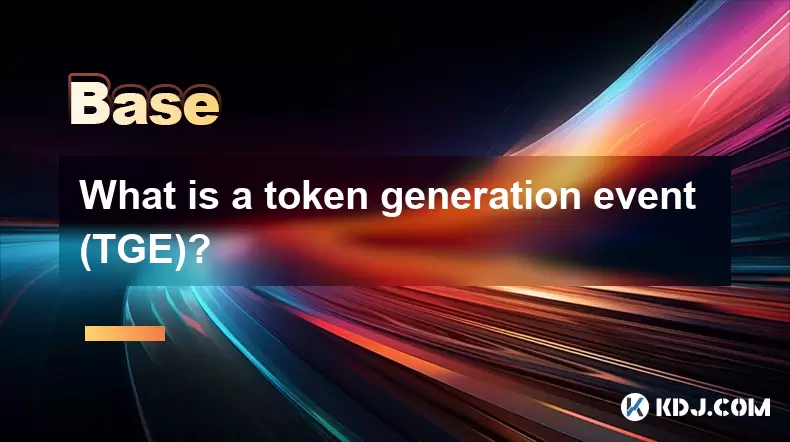
What is a token generation event (TGE)?
Jul 04,2025 at 07:14am
Understanding the Basics of a Token Generation Event (TGE)A Token Generation Event (TGE) refers to the process through which a blockchain project creates and distributes its native tokens to investors, participants, or stakeholders. This event is often associated with new cryptocurrency projects launching on platforms like Ethereum, Binance Smart Chain,...
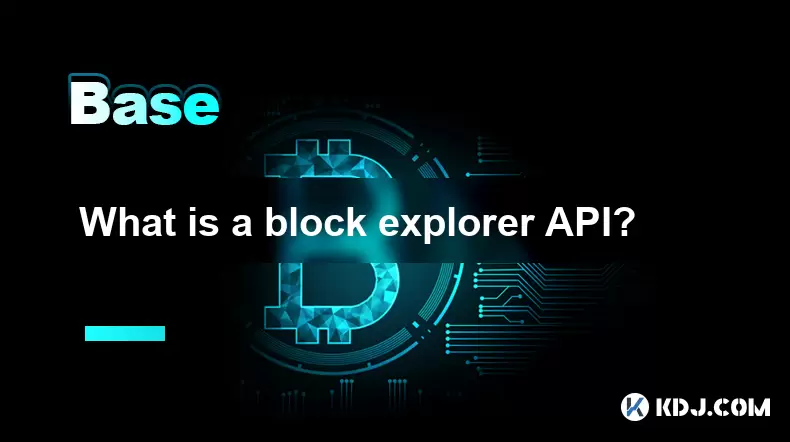
What is a block explorer API?
Jul 04,2025 at 05:07am
Understanding the Role of a Block Explorer APIA block explorer API is a crucial interface that enables developers and users to interact programmatically with blockchain data. Unlike traditional APIs used in web services, a block explorer API specifically provides access to blockchain-related information such as transaction details, wallet balances, bloc...
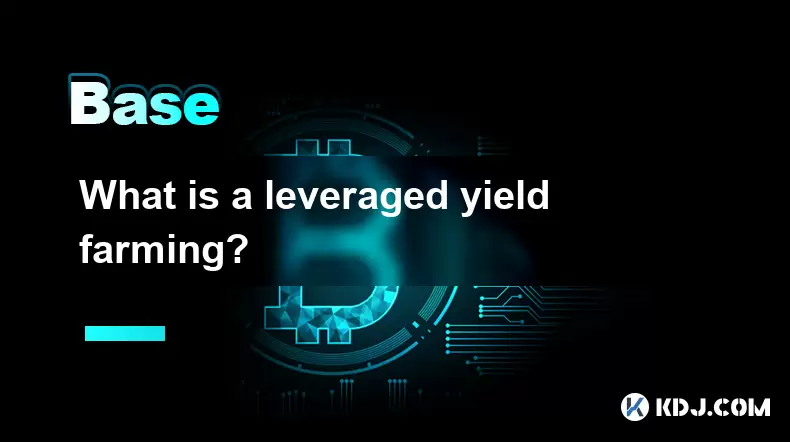
What is a leveraged yield farming?
Jul 04,2025 at 09:36am
Understanding Leveraged Yield FarmingLeveraged yield farming is a more advanced form of yield farming, which itself is a popular method in the decentralized finance (DeFi) ecosystem to earn returns by providing liquidity to various protocols. In traditional yield farming, users deposit tokens into a DeFi platform and earn rewards in return, often in the...
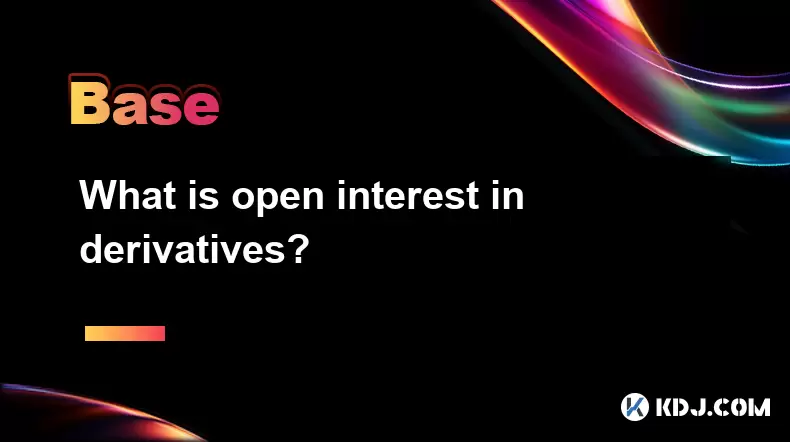
What is open interest in derivatives?
Jul 03,2025 at 02:49pm
Understanding Open Interest in DerivativesOpen interest is a critical metric used in the cryptocurrency derivatives market, particularly when analyzing futures and options contracts. It represents the total number of outstanding contracts that have not been settled or closed by either party involved. Unlike trading volume, which counts all trades made i...
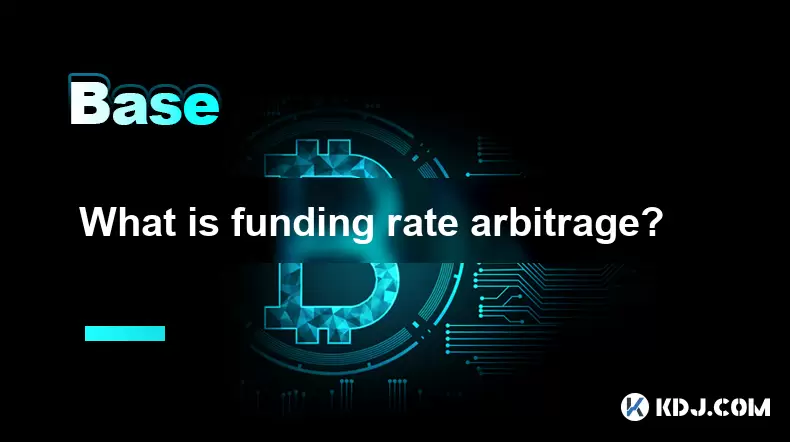
What is funding rate arbitrage?
Jul 04,2025 at 11:43am
Understanding Funding Rate Arbitrage in the Cryptocurrency MarketFunding rate arbitrage is a trading strategy employed by crypto traders to exploit differences in funding rates across various perpetual futures exchanges. In perpetual contracts, funding rates are periodic payments made between long and short traders depending on whether the price of the ...

What is a user-generated content (UGC) NFT platform?
Jul 04,2025 at 01:49pm
Understanding the Concept of a UGC NFT PlatformA user-generated content (UGC) NFT platform is a digital marketplace or ecosystem where users can create, mint, and trade non-fungible tokens (NFTs) that represent ownership of original digital content they produce. Unlike traditional NFT platforms where creators often include professional artists or develo...

What is a token generation event (TGE)?
Jul 04,2025 at 07:14am
Understanding the Basics of a Token Generation Event (TGE)A Token Generation Event (TGE) refers to the process through which a blockchain project creates and distributes its native tokens to investors, participants, or stakeholders. This event is often associated with new cryptocurrency projects launching on platforms like Ethereum, Binance Smart Chain,...

What is a block explorer API?
Jul 04,2025 at 05:07am
Understanding the Role of a Block Explorer APIA block explorer API is a crucial interface that enables developers and users to interact programmatically with blockchain data. Unlike traditional APIs used in web services, a block explorer API specifically provides access to blockchain-related information such as transaction details, wallet balances, bloc...

What is a leveraged yield farming?
Jul 04,2025 at 09:36am
Understanding Leveraged Yield FarmingLeveraged yield farming is a more advanced form of yield farming, which itself is a popular method in the decentralized finance (DeFi) ecosystem to earn returns by providing liquidity to various protocols. In traditional yield farming, users deposit tokens into a DeFi platform and earn rewards in return, often in the...

What is open interest in derivatives?
Jul 03,2025 at 02:49pm
Understanding Open Interest in DerivativesOpen interest is a critical metric used in the cryptocurrency derivatives market, particularly when analyzing futures and options contracts. It represents the total number of outstanding contracts that have not been settled or closed by either party involved. Unlike trading volume, which counts all trades made i...

What is funding rate arbitrage?
Jul 04,2025 at 11:43am
Understanding Funding Rate Arbitrage in the Cryptocurrency MarketFunding rate arbitrage is a trading strategy employed by crypto traders to exploit differences in funding rates across various perpetual futures exchanges. In perpetual contracts, funding rates are periodic payments made between long and short traders depending on whether the price of the ...
See all articles























